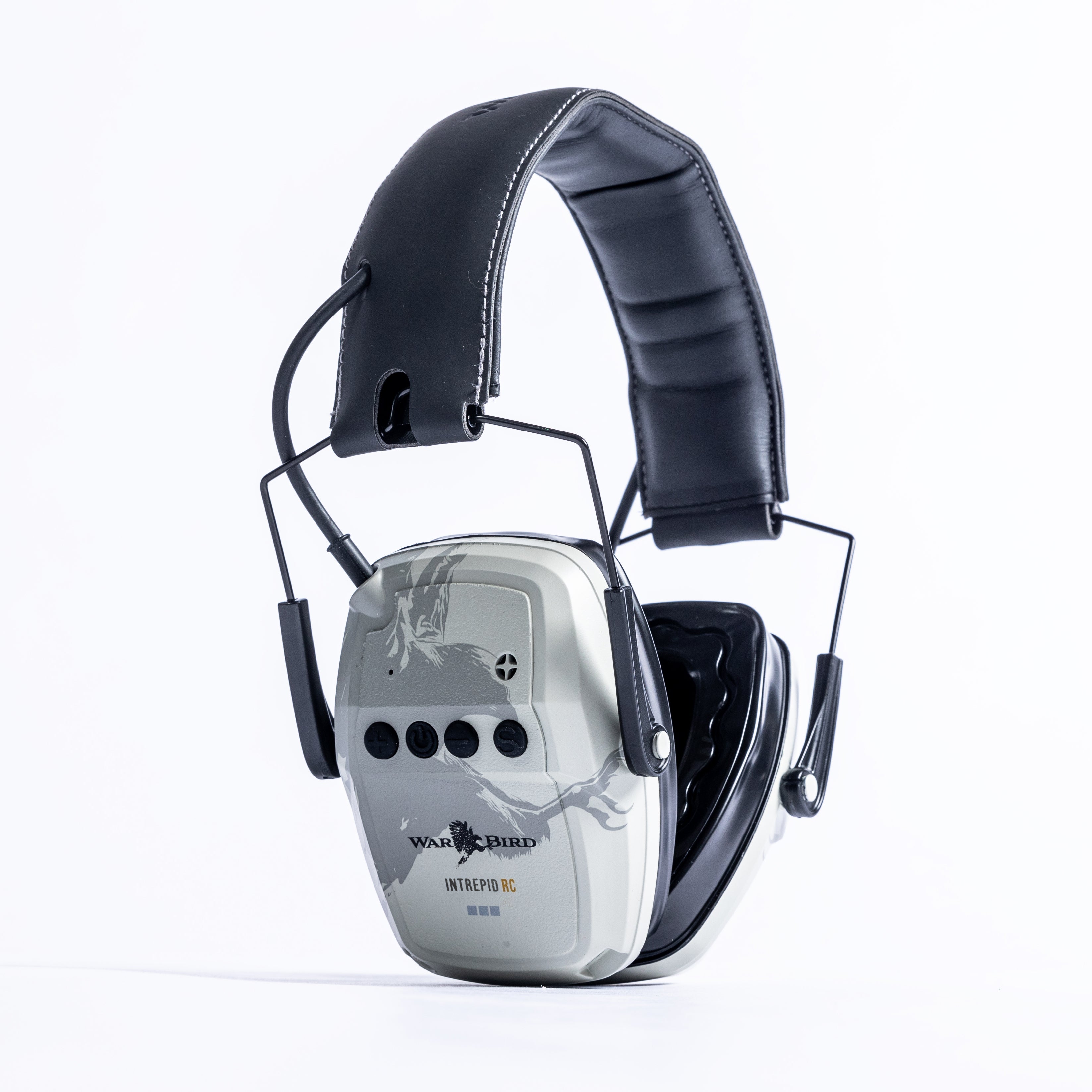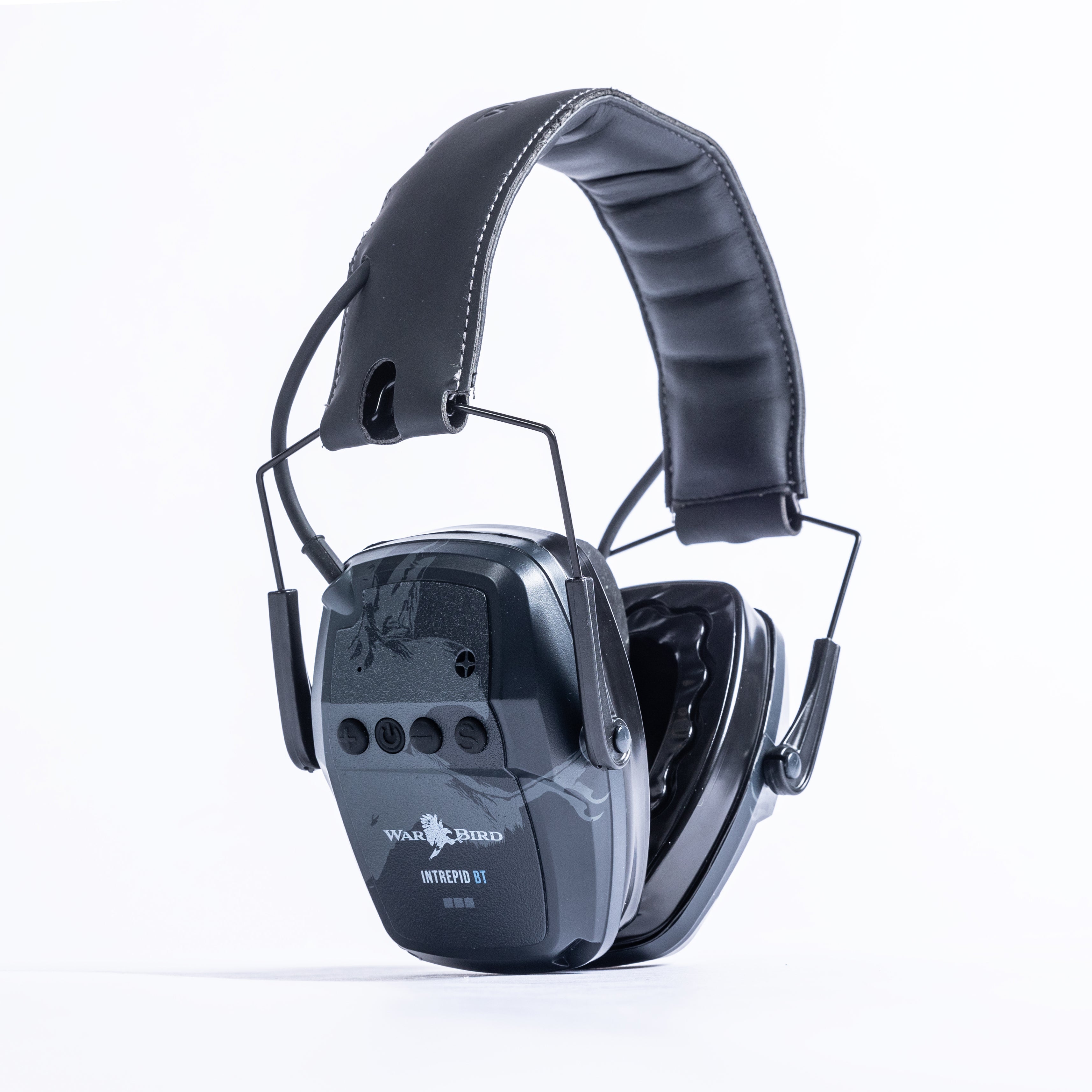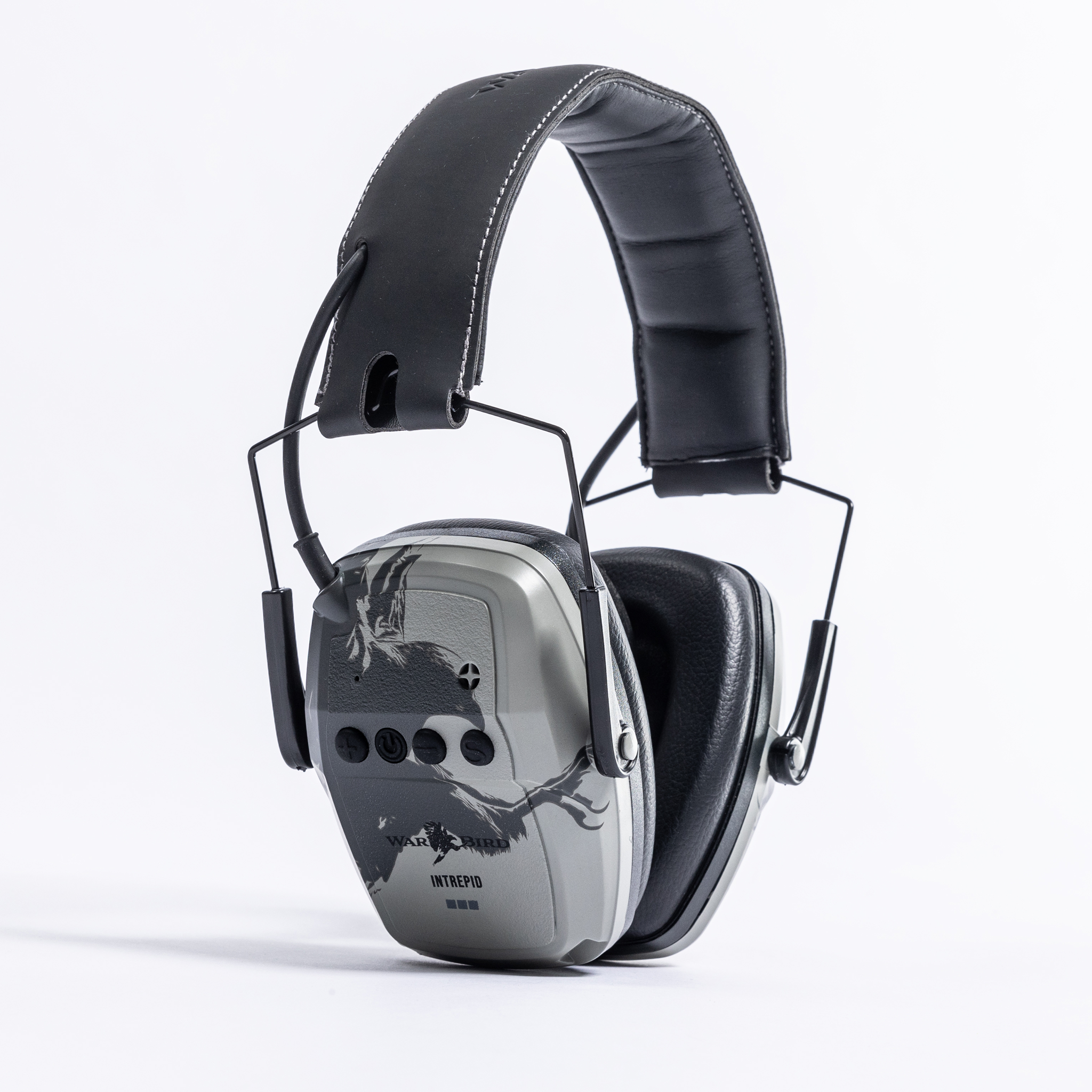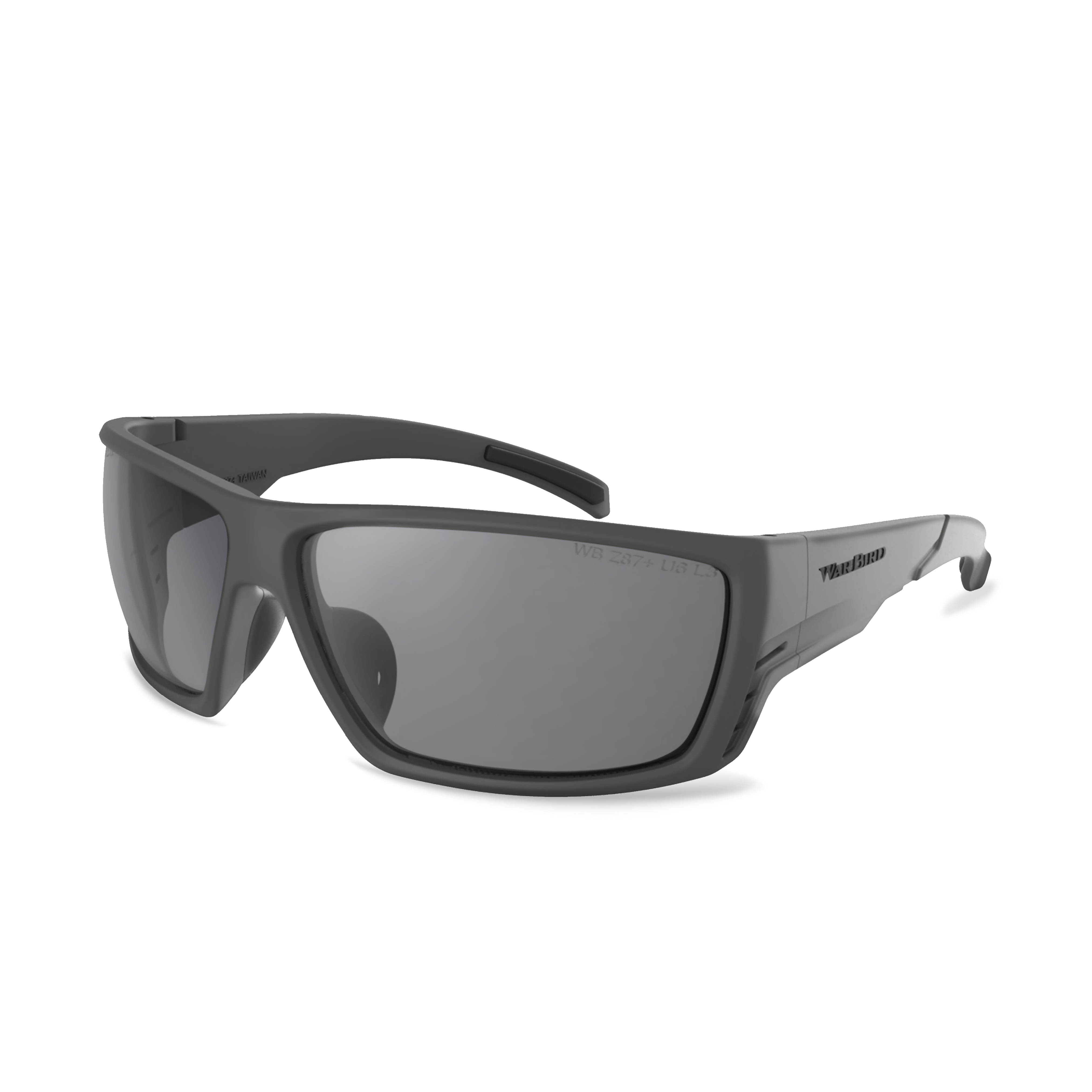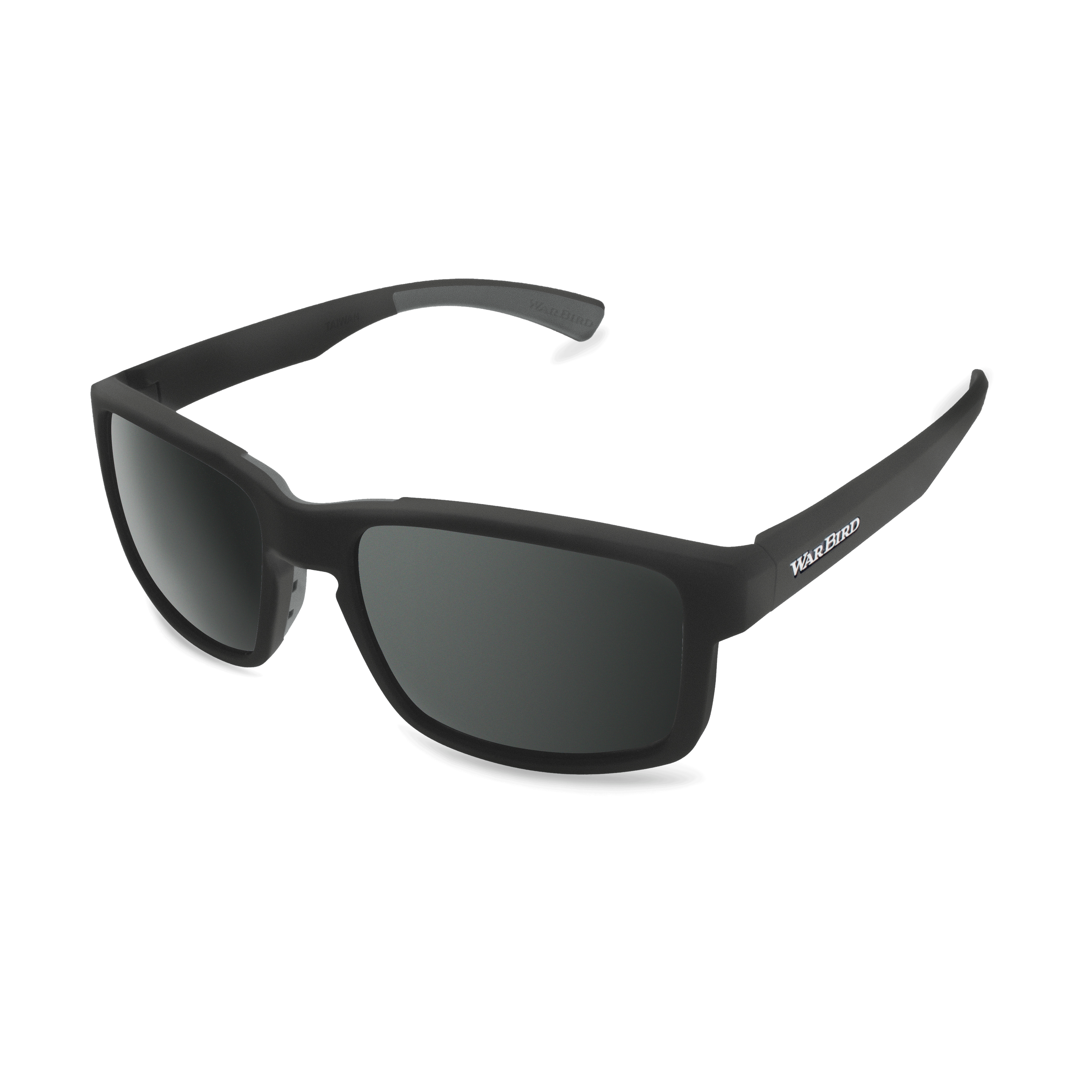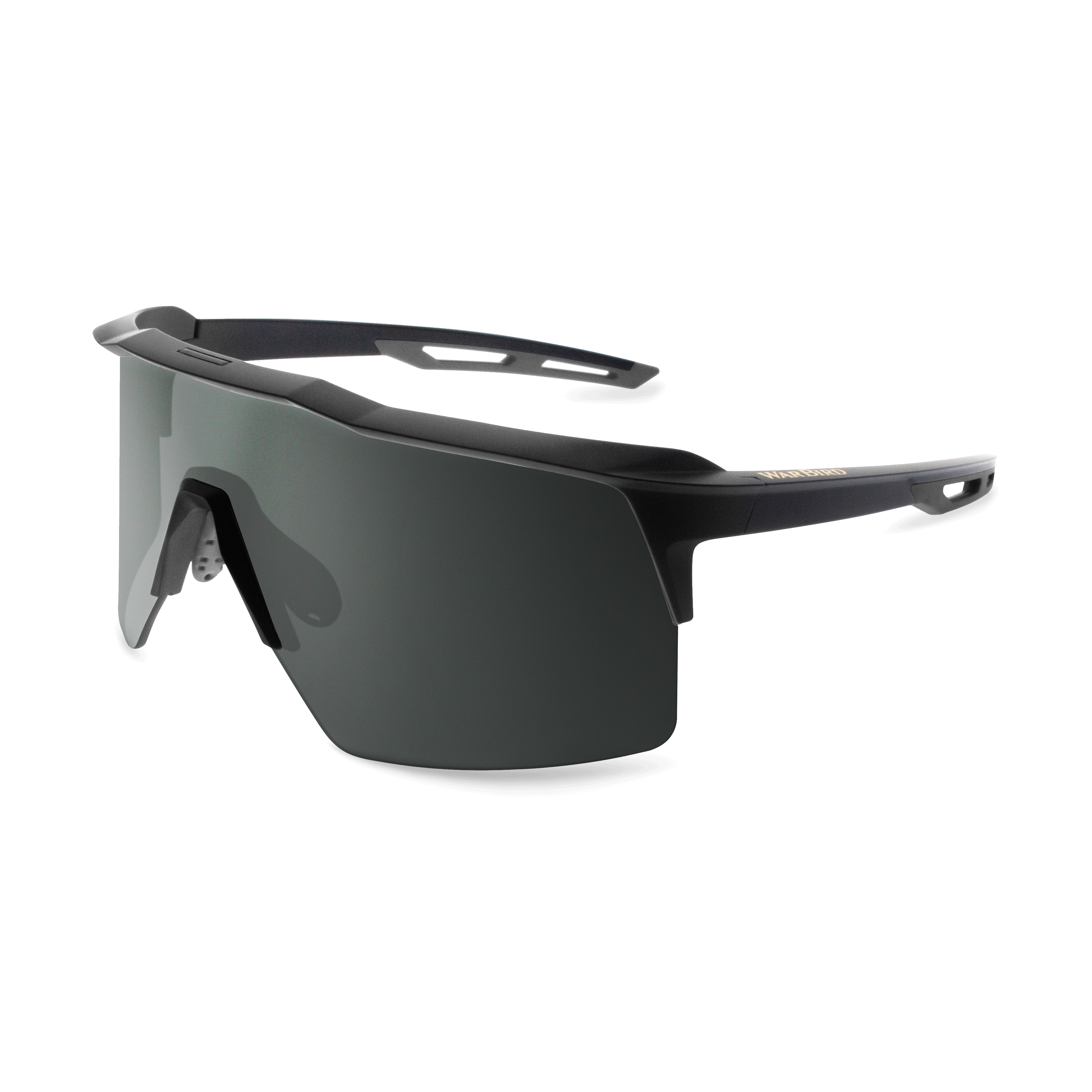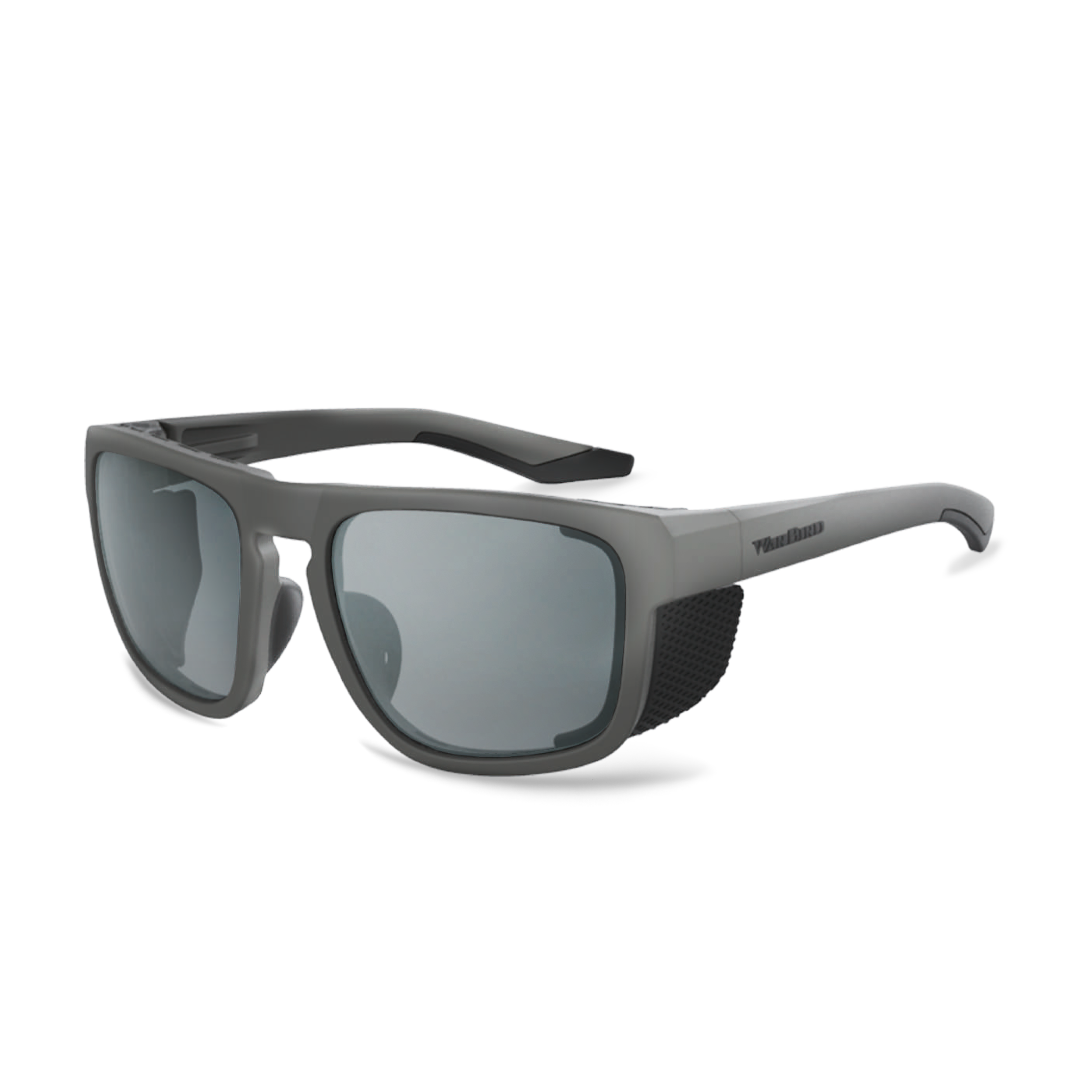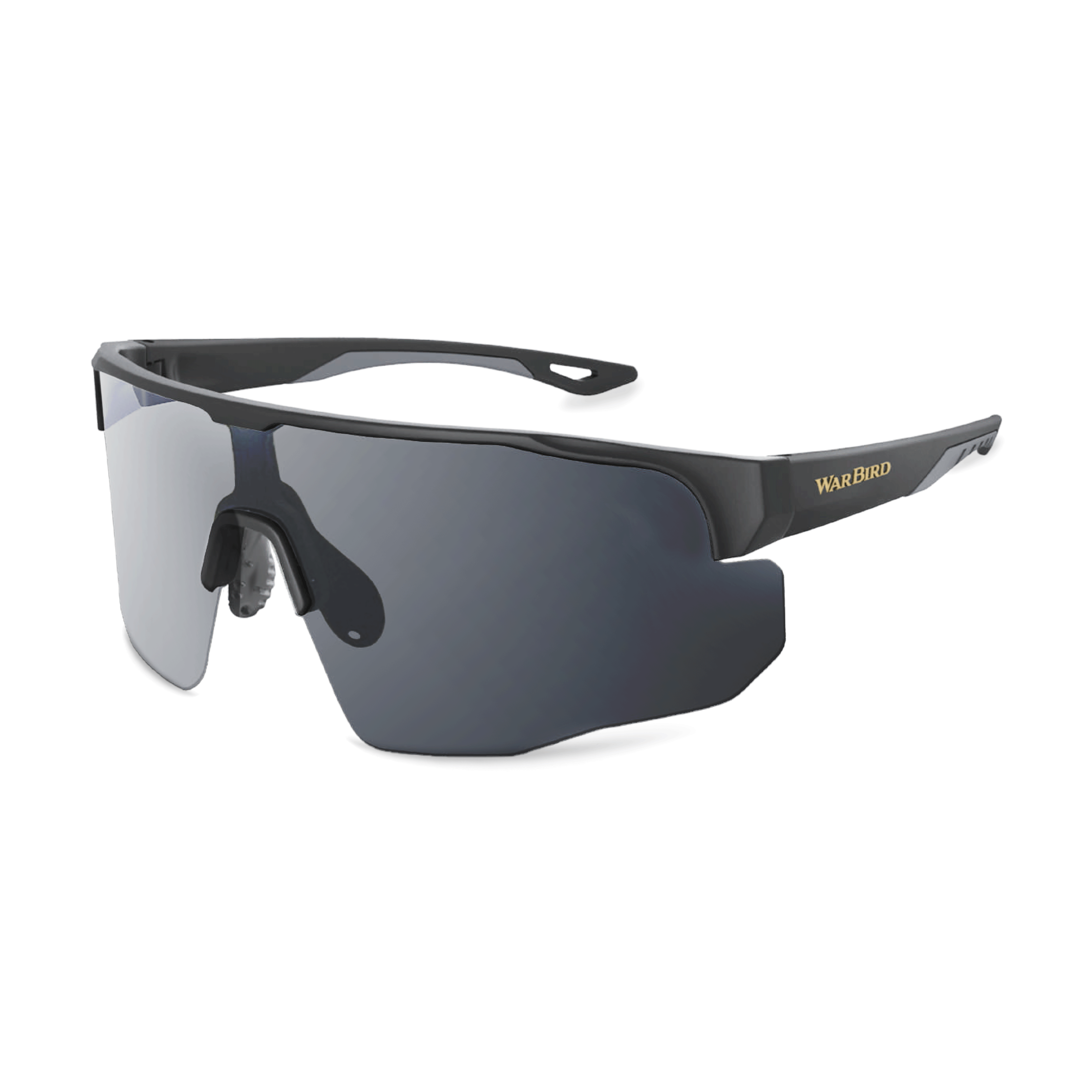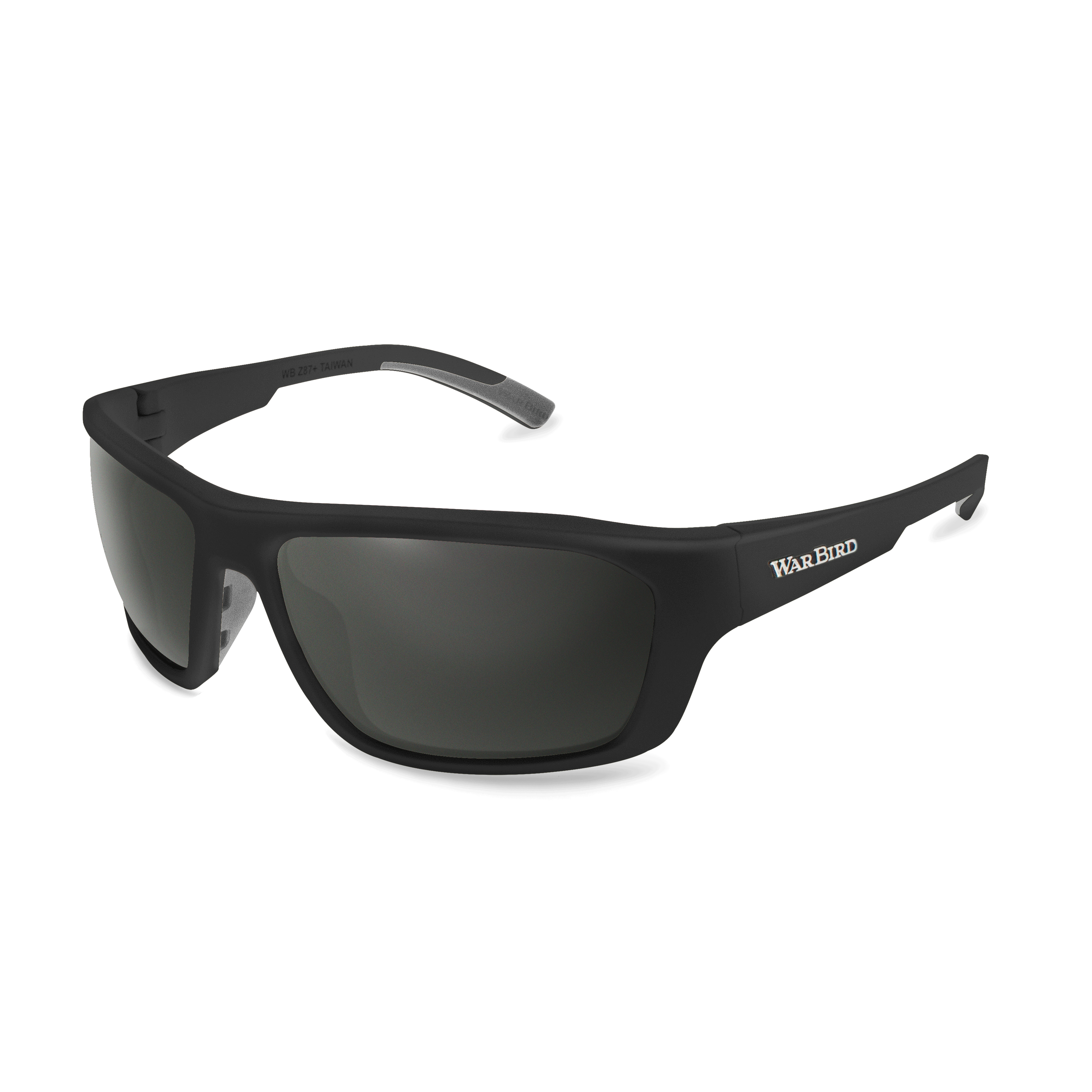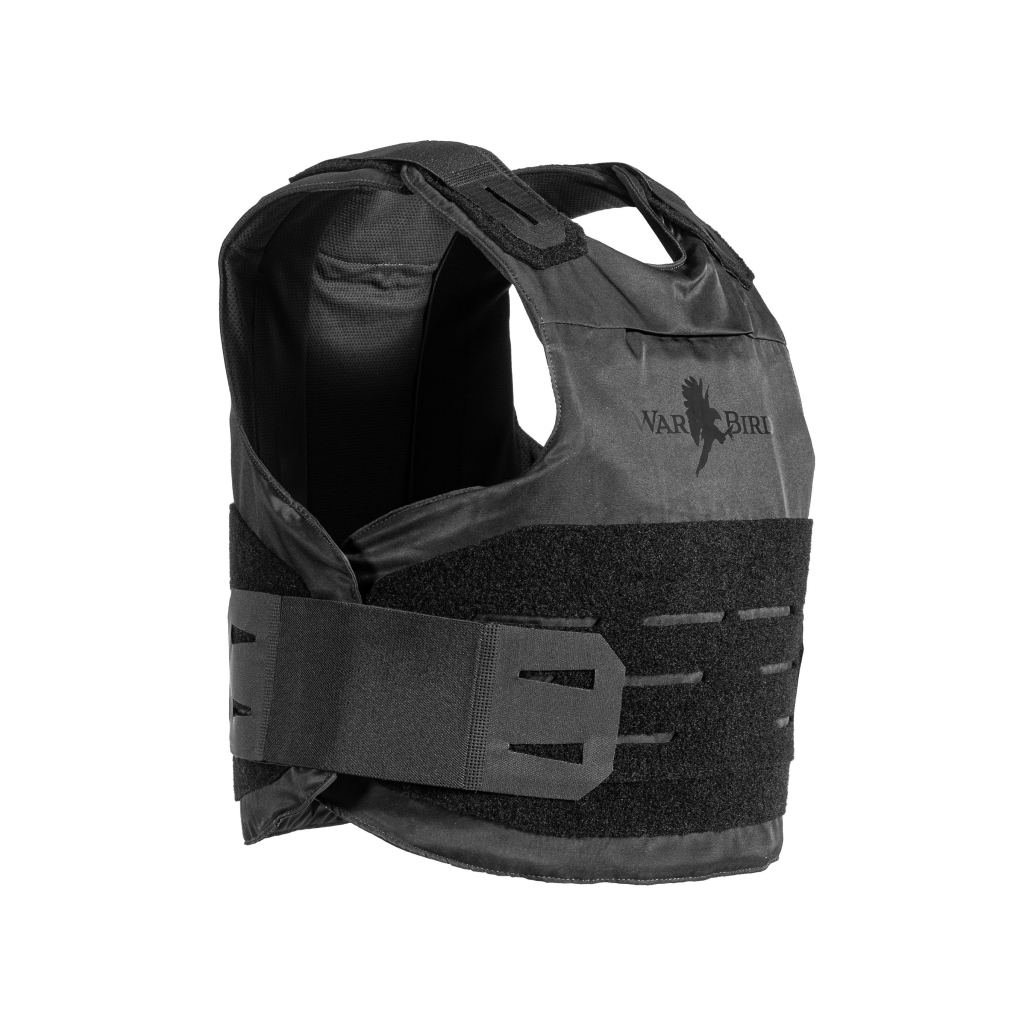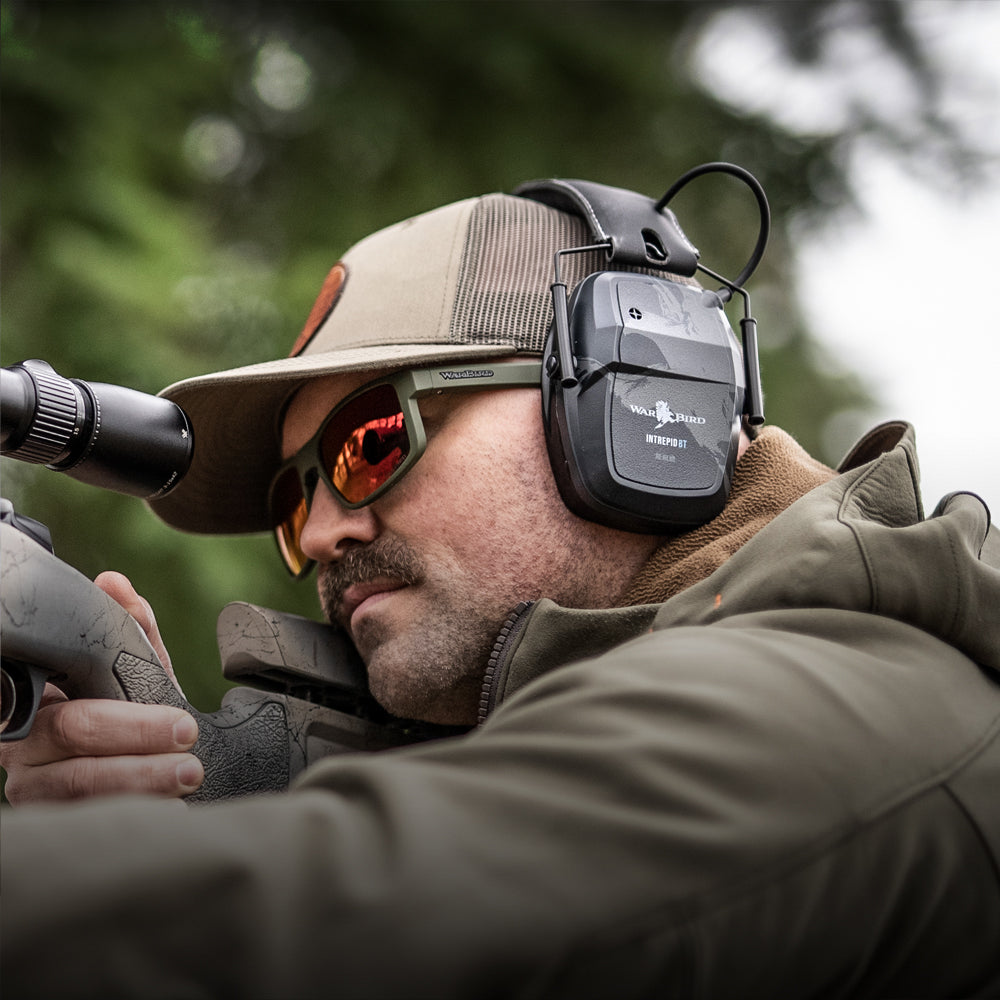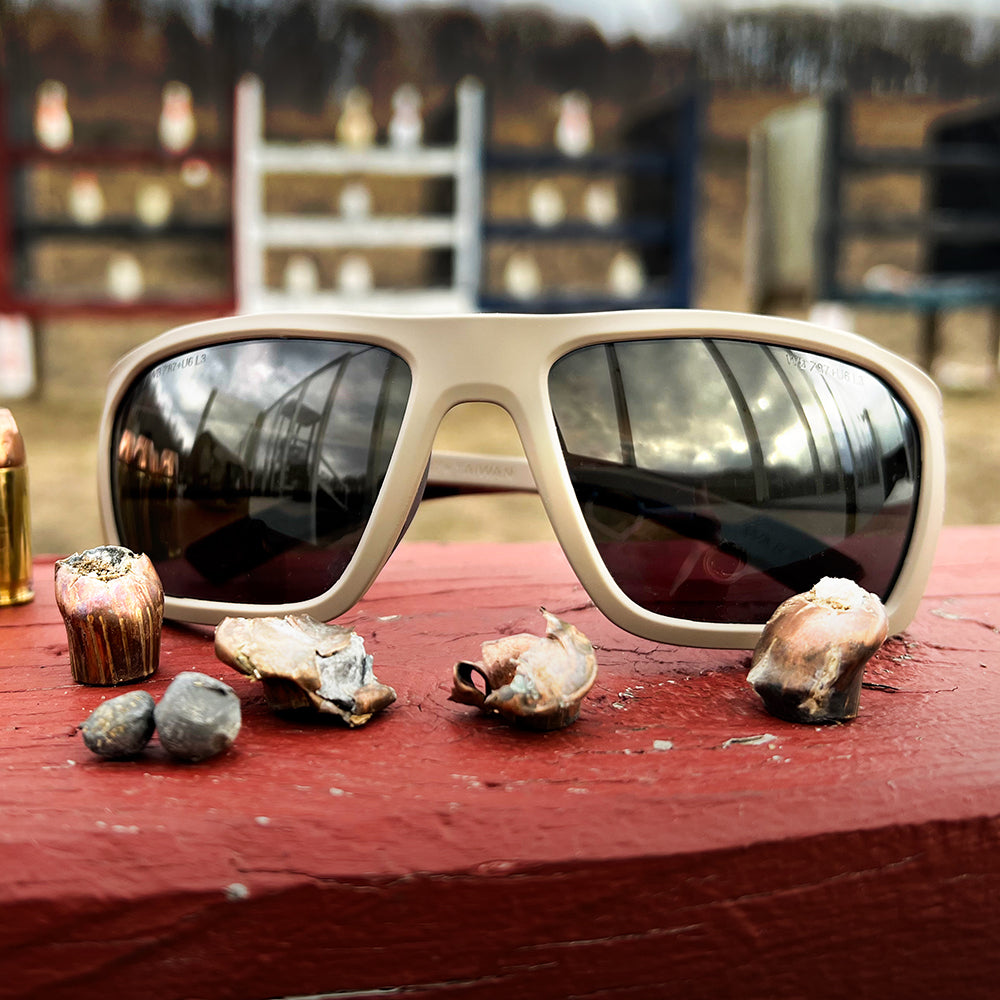Despite what you may not have heard, our ears are sensitive devices. It is agreed that any noise above 85-90 decibels can cause hearing damage, but the hazard isn’t just from loud noises, it’s also from duration of exposure. That is to say that 15 minutes of exposure to a lawn mower should be taken just as seriously as hearing a single gunshot. To understand what level of hearing protection is best for your application, you must first understand the system used to measure.
What are decibels and what is the Noise Reduction Rating NRR?
A decibel is a logarithmic unit used to measure sound. By logarithmic we mean that each decibel is roughly ten times the value of the previous number. A 51-decibel sound is about ten times more intense than a 50-decibel sound. This is why the Noise Reduction Rating on hearing protection is so important. One set of hearing protection might be labeled with an NRR of 28 and another of 32, but the difference is staggering. It used to be that finding the right rating for your needs required a lot of trial and error to find a balance of protection while not completely shutting off your ability to hear things you might need to hear in your environment. Fortunately, modern hearing protection like our Intrepid BT incorporates electronic augmentation, which permits you to still hear sound at safe levels while protecting you from noises that could be harmful to your hearing. With electronic hearing protection, there’s little reason to not seek the highest NRR number you can find.
Type of ear protection and why they’re chosen
If protection levels and features are deemed to be the same, the big option you have is in-ear protection or over-ear protection. Each type has its own advantages and disadvantages, depending on your intended application.
Over Ear
- Forms a seal around your entire ear and does not create the “plugged ear” sensation.
- Great in extreme weather as extra protection against burning sunlight and biting winds.
- Allows for increased electronic and battery capacity.
- Larger size makes them easier to find and harder to lose.
- Reduced hygienic concern if a set is to be shared.
- If your ear fits in the cup you are protected.
- Bulk or weight can be uncomfortable for some.
- If improperly sized, can cause headaches.
- Some over ear and stock combinations do not work well for rifle or shotgun shooting.
- Some over-ear muff and eyewear or headwear combinations can be uncomfortable or break the seal.
In Ear
- Lightweight and small, easy to pack, less fatigue.
- No interference with eyewear or rifle stocks.
- No interference with eyewear or headwear.
- When properly fitted, provides assured protection.
- More comfortable for longer sessions.
- Often has reduced battery life.
- Easier to lose
- Improper fitment reduces protection value.
Ultimately the choice is a personal one, but we recommend considering the environment you plan to use the protection in, if you will be wearing eyewear and headwear, and the duration for which you will be wearing the hearing protection. Generally speaking, over-ear protection is great for short-term use in an otherwise controlled environment, while in-ear protection is a better option for those who will be wearing it longer and likely also have other protective items to wear. When selecting based on NRR, calculate to ensure the environmental noise you are expecting, minus the NRR, produces a difference below 90 decibels. For example, a gas-powered lawn mower is 96 decibels, minus 23 NRR of Intrepid equals a safe 73 decibels.

